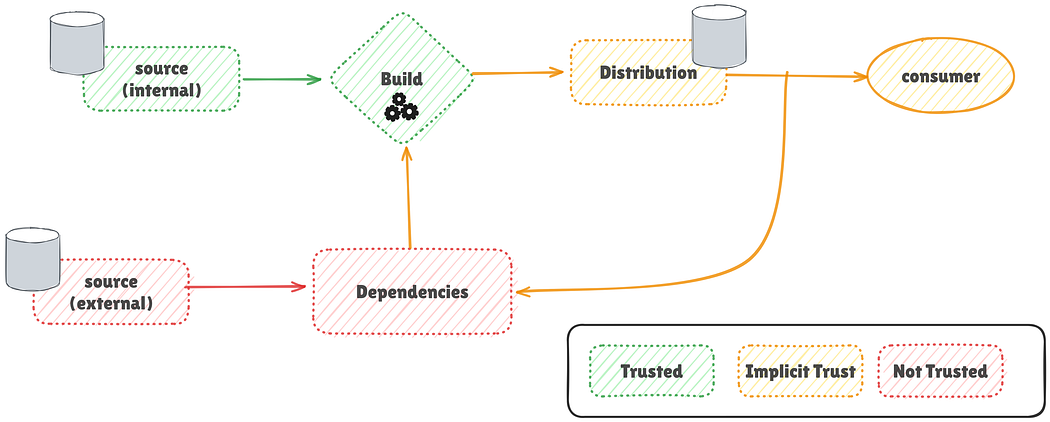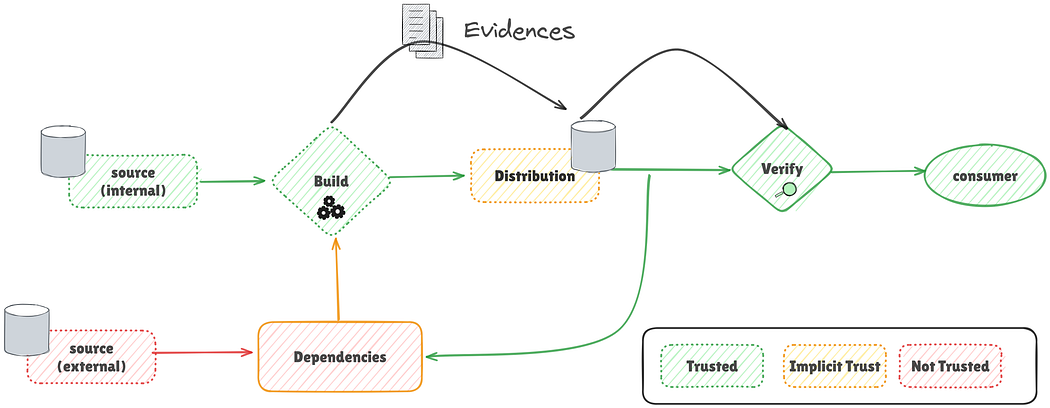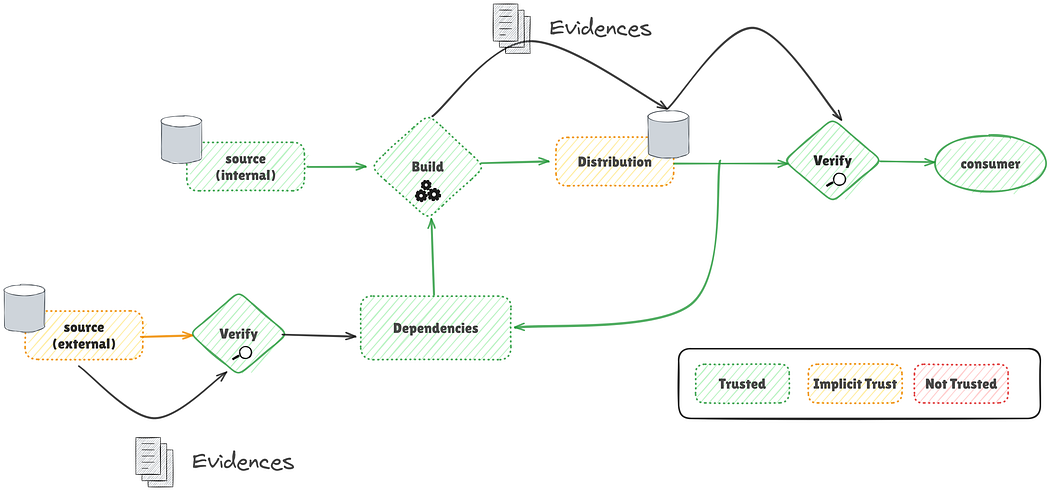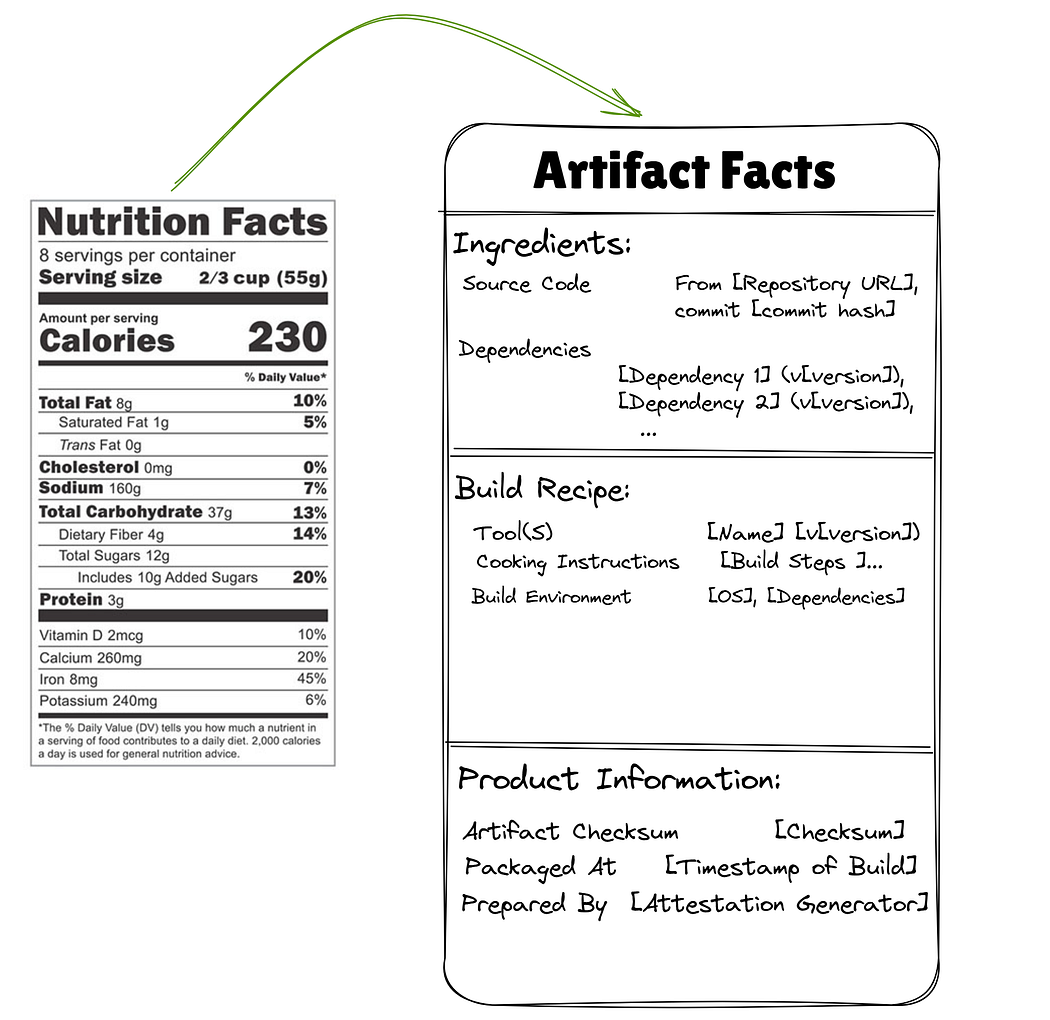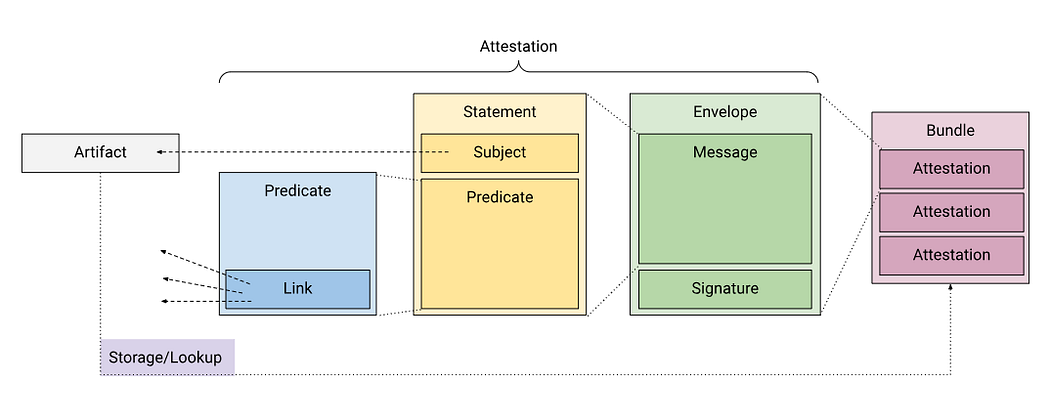All about the security in the DevSecOps methodology
Summary
This article delves into the DevSecOps methodology, emphasizing its crucial role in achieving fast and reliable software delivery while ensuring robust security. I’ll explain the necessity of DevSecOps, detail the methodology, and highlight how automation is fundamental to integrating security throughout the development process. You will gain valuable insights into the benefits of implementing DevSecOps, understand its key components, and learn how to shift security left in your software delivery pipeline, making security an inherent part of every stage. The goal is to balance rapid software delivery with comprehensive security measures, moving beyond traditional security audits to proactive integration. While tools are important, I believe that establishing governance policies, building security best practices, and defining measurement metrics are equally vital for a successful DevSecOps strategy.
Key Concepts
- Why DevSecOps is needed: Traditional security models struggle with agile and DevOps cycles. DevSecOps reconciles security with short development cycles, reducing risks and the “blast radius” of potential incidents.
- What is DevSecOps methodology: It’s about balancing rapid software delivery with robust security. Organizations aim to automate security tasks to minimize human error and integrate security across endpoints, networks, databases, and applications.
- Role of automation in DevSecOps: Embracing “shift-left security” means integrating automated security checks early and often in the development process, aligning with the “fail fast” motto of DevOps. Security responsibilities are distributed across existing roles within a DevOps culture, ensuring everyone is accountable for security.





